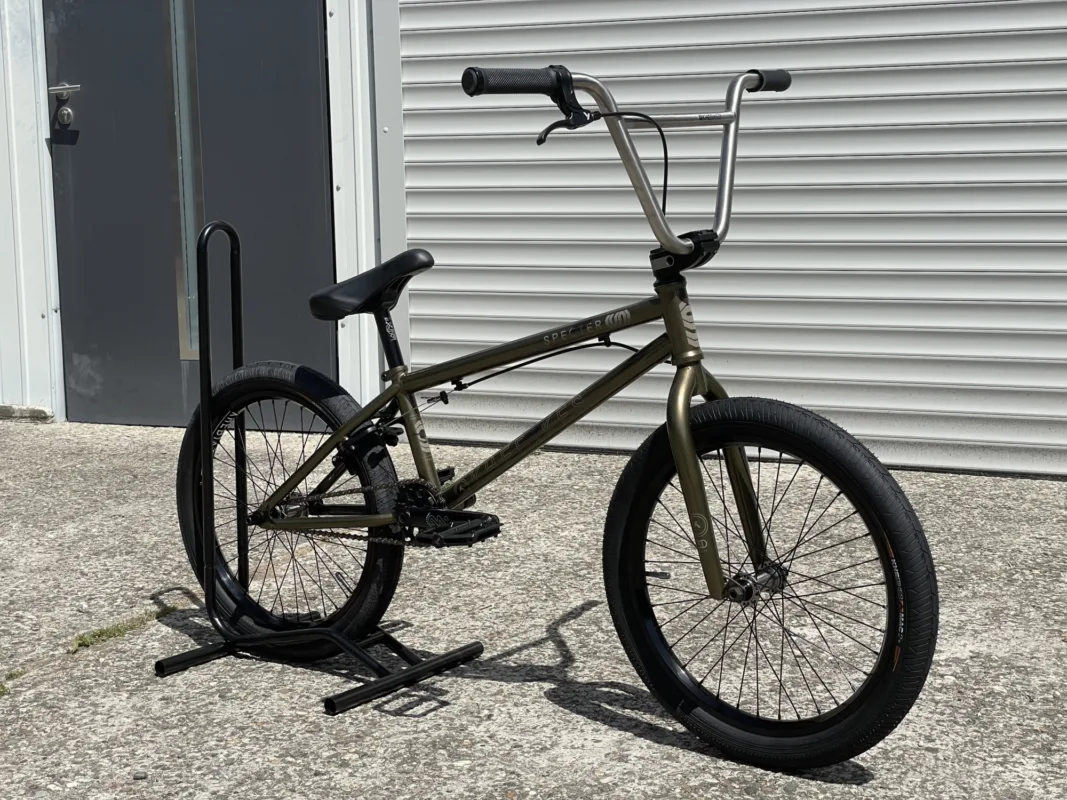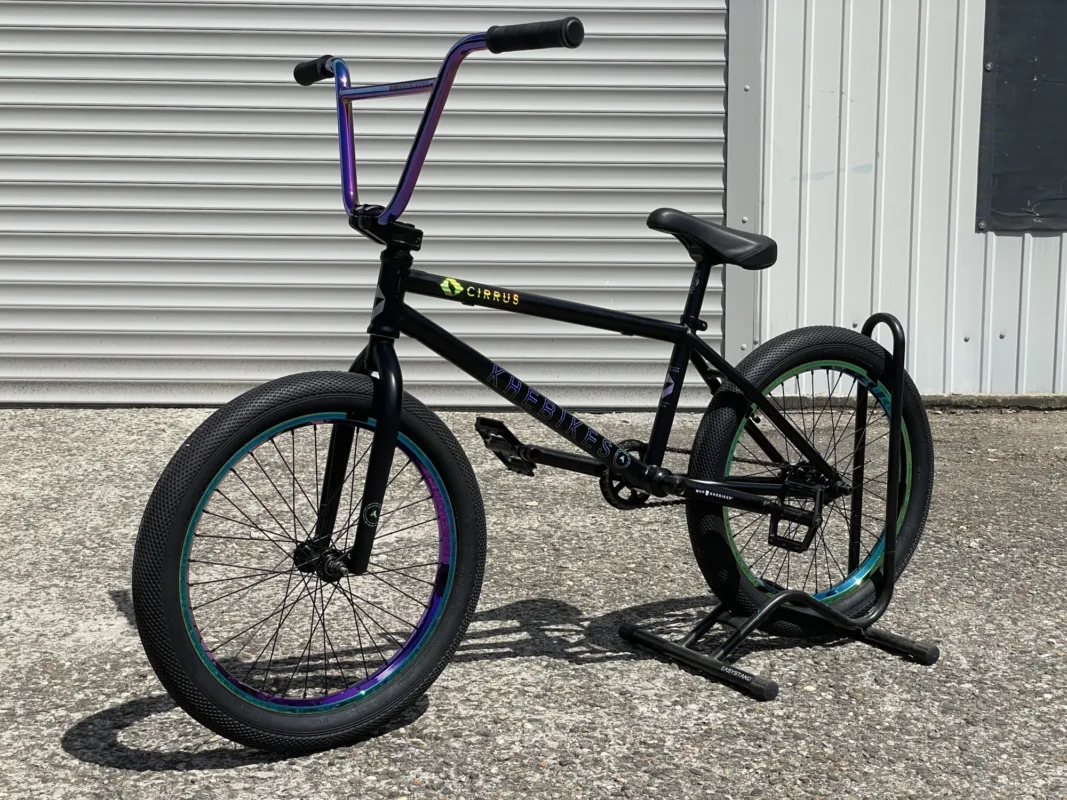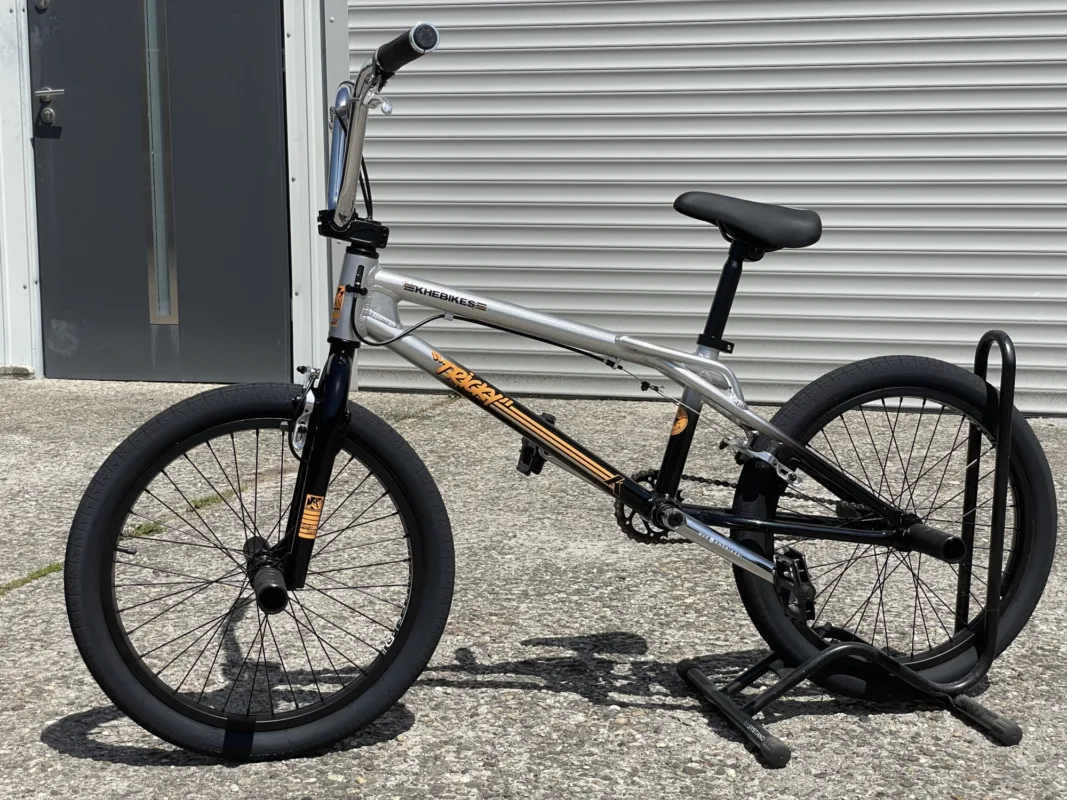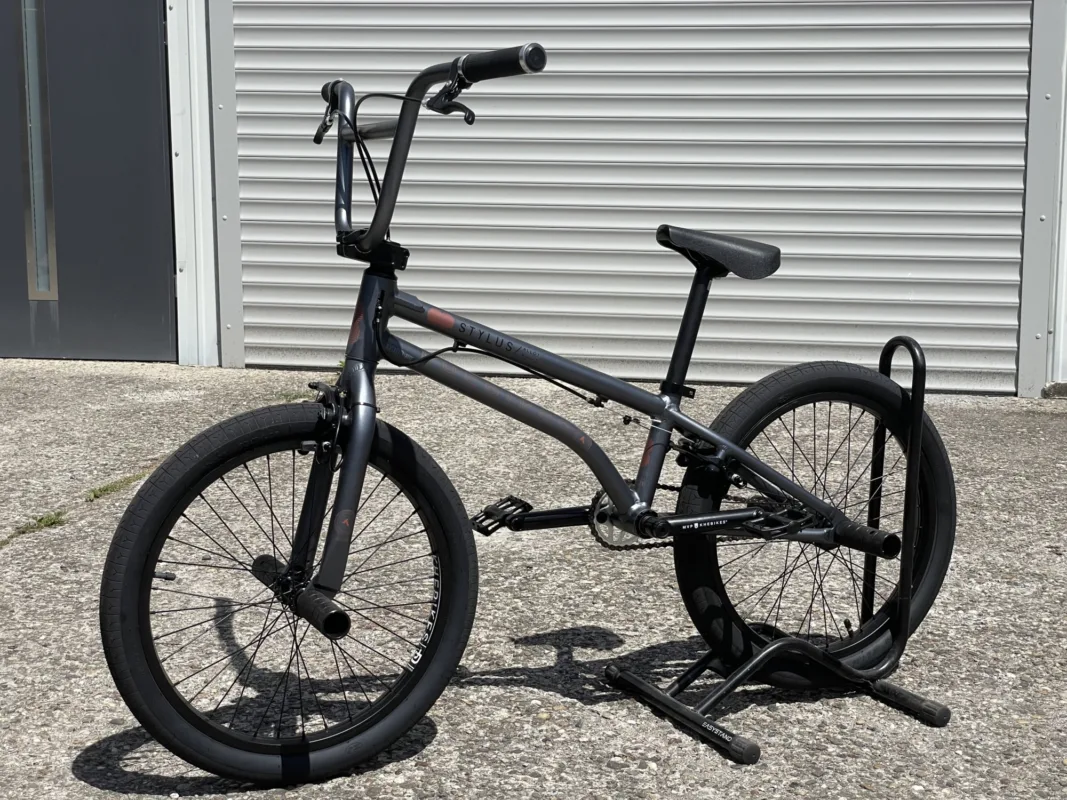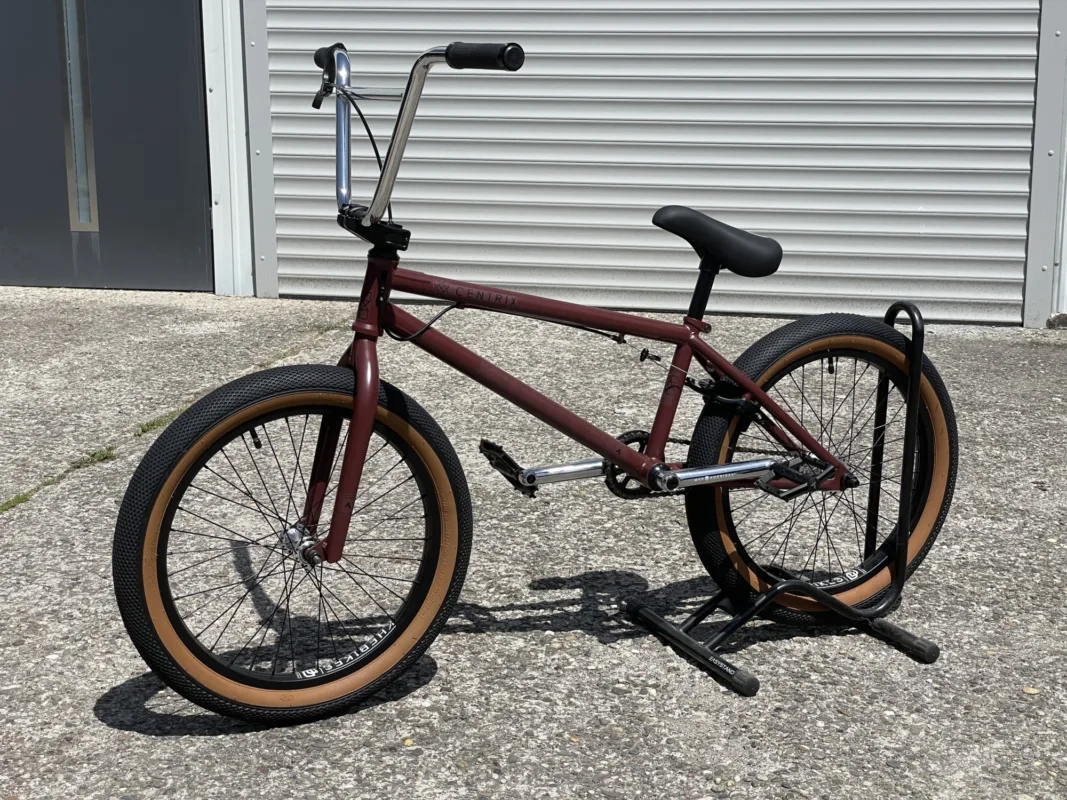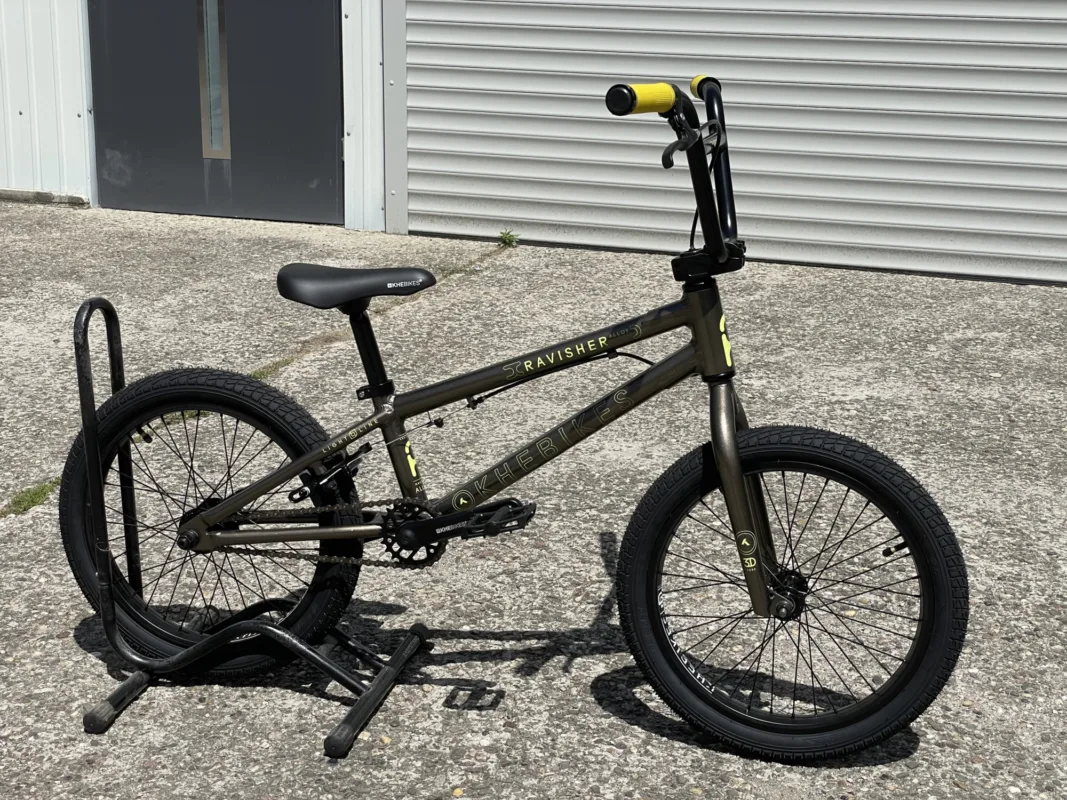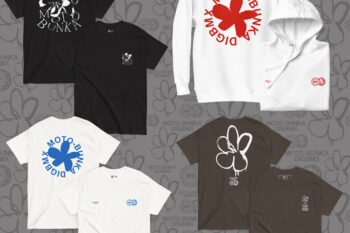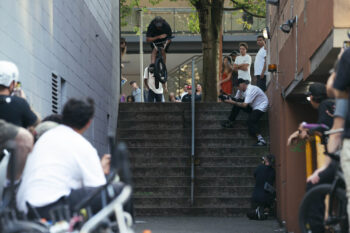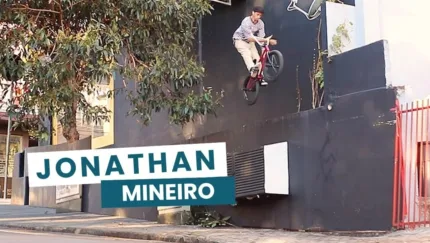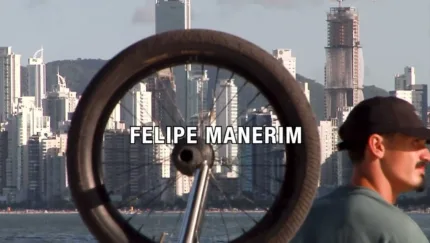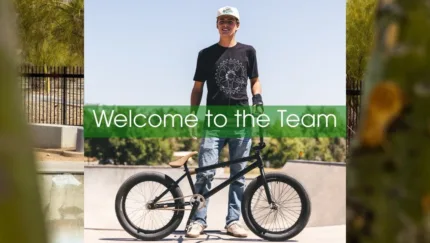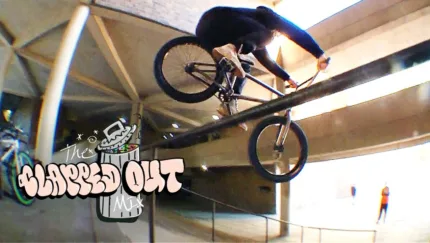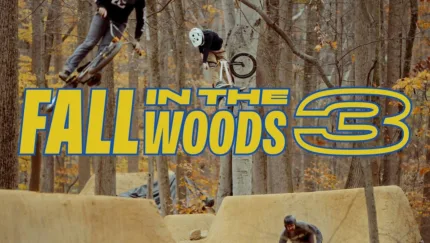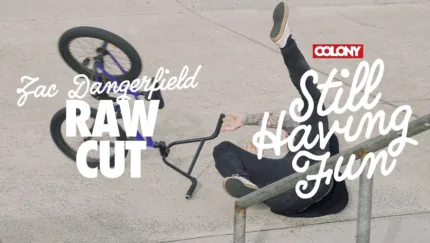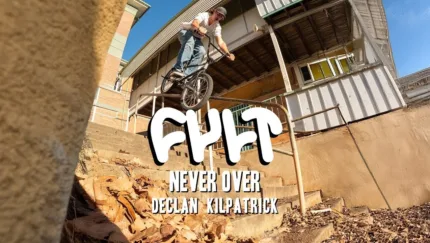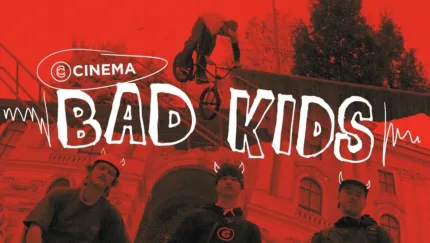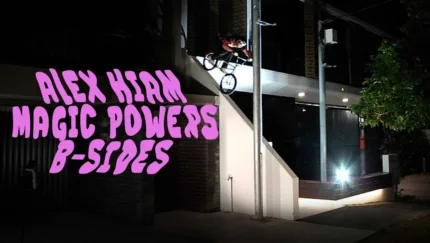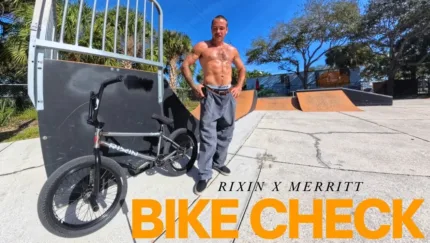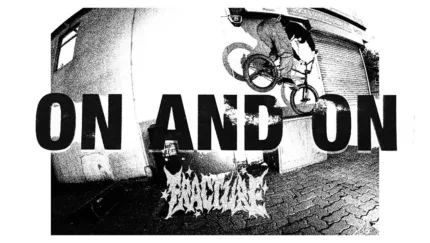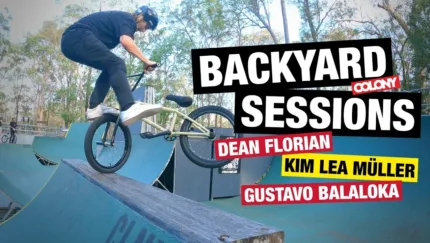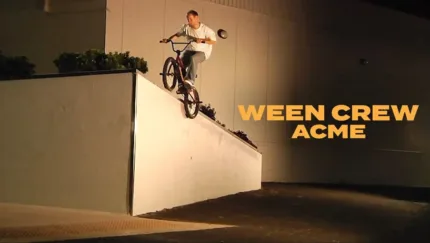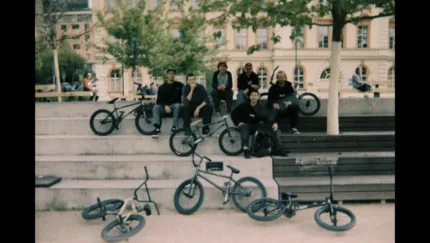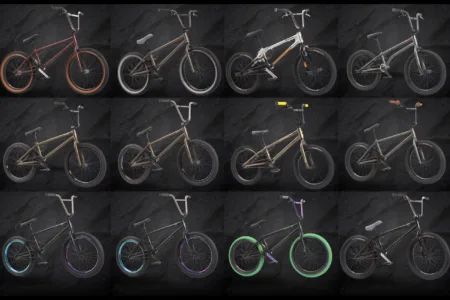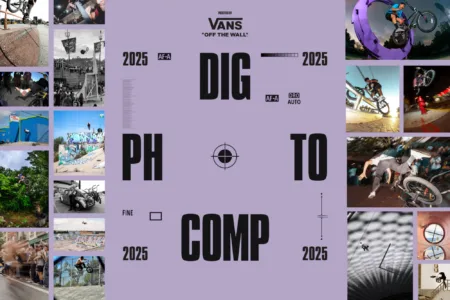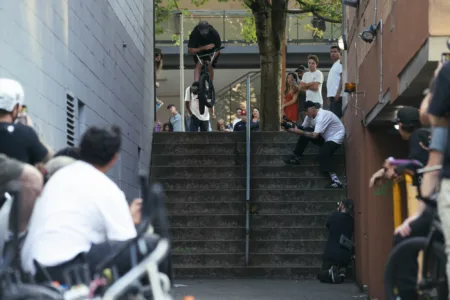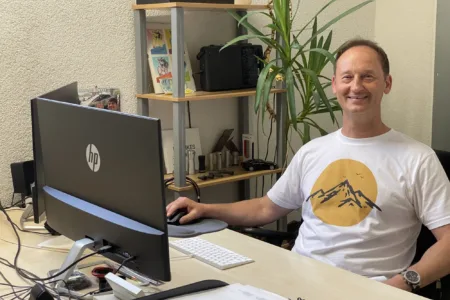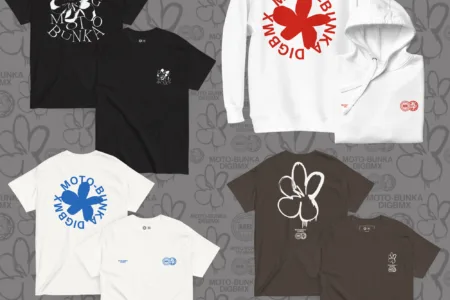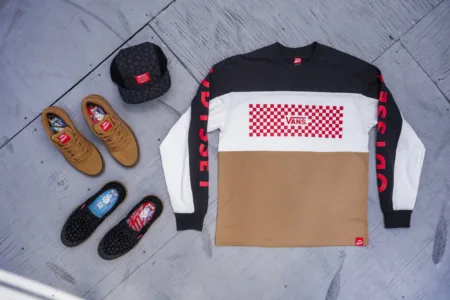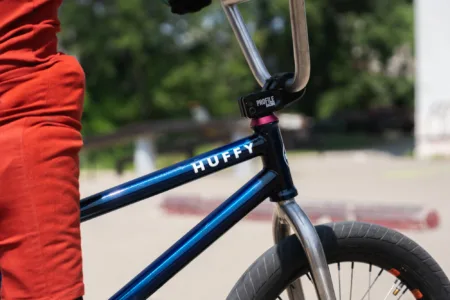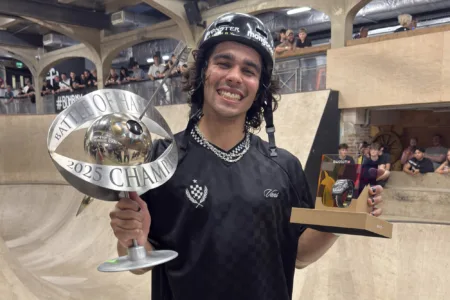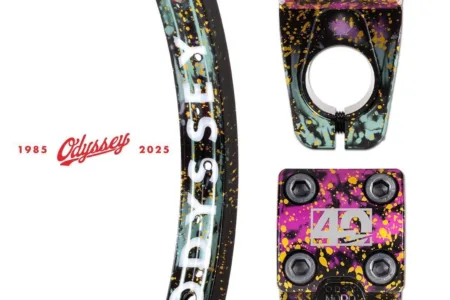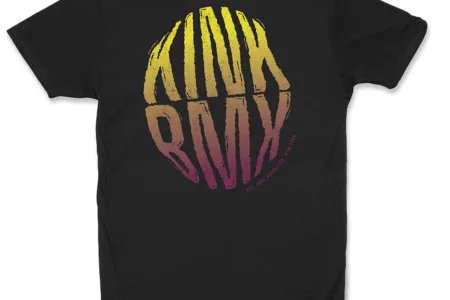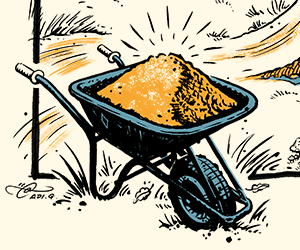
Inside KHE Bikes - 44 years of BMX history with Thomas Göring
“I didn’t have a proper cutting machine at the time, so I hand-cut each peg. They all ended up different lengths.”
24 Oct 2025

Intro and photos by Thomas Fritscher | Interview by Fred Murray
With 44 years of BMX history himself and over 35 years of experience of producing BMX bikes and parts under his belt it is safe to say that Thomas Göring has seen it all. As the company is once again reinventing itself, stepping back into the so-called “core” market, the co-owner and product engineer of KHE Bikes reflects on beginning, turbulent times and - most important to him - future projects.

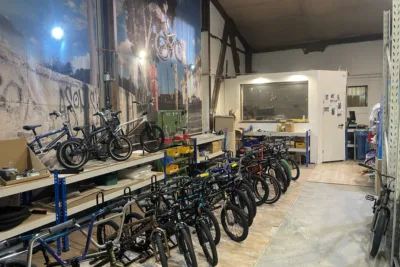
The KHE warehouse in 2025
When and where were you born?
Karlsruhe, Germany, 1971.
KHE is short for our city, Karlsruhe.
What was your first introduction to BMX? Why did you fall in love with it?
That was in 1981, when I was ten years old. I was already riding a bonanza bike (similar to a chopper bike) and trying to jump it and wheelie it. When I saw an article in a German youth magazine (Bravo) about an American kid riding in a pool, I thought that would be a way better bike for what I wanted to do. At the same time, the first BMX bikes came to Germany. That was the BMX2000. It cost around €100 and I bought one. I’m still riding Flatland to this day.
What was Germany and the BMX scene like at the time?
At that time, there was also a skateboard boom and we shared the ramps and spots together. BMX became really big in Germany in the 80s. At that time, we didn't know about freestyle yet, only BMX racing, i.e. we built our first dirt jump lines with doubles and tabletop jumps. In our town there were more than 300 riders and lots of places with dirt jumps and self-built ramps, but nothing was really organized - everything was done by the riders.
What kind of bikes were you riding back then? What were they like?
I started with the BMX2000. The second was a Centurion Spyder 4. Then I bought a chrome Redline PL20 frame and fork. There used to only be one BMX bike and we tried everything. At that time nobody asked how long the top tube, back end or head tube angle was. In my opinion, we bought a bike because of the image, the sticker / bike design or the riders who rode for that brand.
Thomas and a prototype freecoaster Tuff
The KHE warehouse is full of prototypes, samples and weird little projects. This set of super lightweight cranks just sat there on his desk.
You have a background in engineering? What did that involve?
Yes, I did an apprenticeship as a precision engineer for three and a half years when I was 16. That really helped me to understand what materials are good to use and how you develop an engineering mind to think about how you can improve things.
How did KHE come to life? What inspired you to make that first step?
When I was 17 (in 1988), I was more into freestyle than BMX racing. That was around the time that mountain bikes were invented and the BMX brands like Mongoose, GT, Schwinn, and Haro were trying harder to get into this new business. But the tricks evolved and unfortunately, as riders, we didn't get the parts we needed. That was also the time when S&M was founded in 1987. I think it was a good time to develop new ideas as a small company, otherwise you would never have stood a chance against the big guys. My brother Wolfgang had earned his first money. I had just bought a pair of Tioga roll-on pegs, screwed them on once and then the thread broke. Then I told my brother that they could be made much better from more stable aluminum. So in 1988 we decided to buy a small lathe for about €400 and registered our company in the same year. When I was at school, the ironmonger rang our doorbell and brought the first aluminum bars. My mother knew nothing about it, even when there was a large truck in our block of flats to unload them. I didn’t have a proper cutting machine at the time, so I hand-cut each peg. They all ended up different lengths. The most difficult thing was to find a tool to cut the thread into the pegs as you couldn't buy (26TPI normal wheels & 24TPI for coaster & Tuff Wheels) them normally. We had to have a thread cutter specially made.
What were the most challenging aspects to starting KHE?
The biggest problem is when you start a company and don't really have any money. You have to reinvest the profit you make to buy new or more material as demand increases. When you have new ideas like the double saddle clamp or the Grinddisc, every new product requires new money or money that you have earned with other parts. So you work at it for years but you don't really get anything out of it. The problem for me was that I had to work more and more and that meant I didn't get to ride my BMX as much, which wasn't always easy for me. But together with my brother, we still managed it well, I think. He did more of the book-keeping and typed up the invoices, and I took care of the technical stuff.
"Our KHE MAC tire has been developed over 15 years and is still one of the most used Park Pro tires today, which I am very proud of."
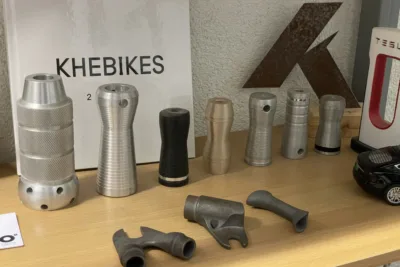
A history of pegs
KHE always produced cutting edge parts and weren't shy to innovate. What drove your love for coming up with new ideas?
It was always important to me to invent or develop something useful. If something good already existed, I didn't see the point in doing something similar if it couldn't really be improved. Products like the Grinddisc, Battleship Fork which consisted of individual parts were already big changes at that time and not easy to manufacture. Then the Diatech rotor system was added. It's known as the Coke can! At that time, frames still had a very large downtube diameter what looks ok with our bigger headtube, but then came the time when frames became thinner. I was still convinced by the basic idea. A cable in and a cable out, and the rotor is guided linearly on the steerer tube, which I think is great. Later we changed the name to F-SET and then we also got the steerer head smaller in the lower area. Today, the AFFIX rotor system has been developed (new patented Worldwide) from this, which now has the same diameter as a regular head tube.
The Grinddisc was a pretty huge deal. Can you tell us more about that?
Yes, that's right, the Grinddisc was one of our first big inventions. That was around the time when the Bashguard frame came out and I didn't like the look with all those tubes. My friends Albert Retey, Chrissi Wendland and I were thinking about how we could find a better solution. The important thing was to get the force away from the chainring. The idea was to make a large, stable aluminum disc and then attach the chainring ring to it. This way, when you jumped on the Grinddisc, the entire load went directly to the crank axle, which was stable enough to withstand these forces. Stefan Prantel (one of the best German ramp riders at the time) took a pair of Grinddiscs with him to the USA on his trip and gave them to Pete Augustin, Jay Miron and Matt Hoffman. After that, they soon became internationally known. Unfortunately, we couldn't patent this idea. HARO was then the first company to copy us and spec them on some of their bikes.
What is your favorite KHE product of all time?
That's hard to say because some products were invented at a certain time and then had a big impact. For example, we released the first 25/9 gear bike (Barbados AM with Phil Aller) that you could buy in the entry-level price range. This was a big seller, especially in the UK. Or the first freecoaster hub on a complete bike (Catweazle). These weren't real inventions, but they did inspire other companies to change their bikes, which I think is great. Things like the Grinddisc, the first Freecoaster hub with sealed bearings and the first real 14mm axle Freecoaster hub, multiple butted handlebars, folding Kevlar tires, flatland frames like the Premium Lager (Jesse Puente signature), our patented rotor system to implement and install. After 35 years, we have already implemented a lot, but I am still very ambitious to do a lot more, and in 2025 our entire bike line will be relaunched, which has changed a lot.
“When I was at school, the ironmonger rang our doorbell and brought the first aluminum bars.”
The lathe on which Thomas produced the first set of KHE pegs
Larger than life coaster model for all you non believers out there
What is the most influential product you have created?
I think one product of this is the multiple butted handlebar because it is still used by all companies today. At that time, it was only possible to make a single butted tube. However, when I visited a Taiwanese manufacturer, we had found a way to change a tube from thick to thin and back to thick.
This meant that the handlebar could only be made thick where it was really needed, and a lot of weight could be saved. We were able to reduce the weight of a handlebar that previously weighed about 1.98 lbs to about 1.1 lbs.
With Shawn Butler and Cory Walters, we had top riders to promote this (Butler bar & Midget bar). We had a year of exclusivity and after that, Flybikes and McNeil were the first companies after us to use the butted bar technology. Today it is the standard for high-end handlebars. Also, the folding tires have contributed to the fact that bikes have become a lot lighter. We released the first folding freestyle tires, which saved about 400g per tire.
Since this is also a rotating mass, it really influenced riding at that time. Once you had mounted these tires, it was hard to switch back to normal tires. Our KHE MAC tire has been developed over 15 years and is still one of the most used Park Pro tires today, which I am very proud of.
Where do you think BMX could improve product-wise?
In BMX, it's not always easy to change something if it doesn't meet the old standard. I think it's good that Wethepeople, for example, dared to release a dirt jump bike with disc brakes and suspension. I think that pump tracks still have a lot of potential for development and that the bikes will change accordingly. We will be using aluminum frames for all of our new 2026 entry-level bikes (all coming by the middle of this year) in sizes from 14 inches to 20 inches, making them a lot lighter. We have also installed a sealed bearing Euro BB with forged aluminum crank arms on our entry-level bikes. This makes the bikes lighter, but you also have fewer problems than with a US loose ball bearing that often comes loose.
Are there any ideas which you had that have never made it to reality?
I had worked with Sturmey Archer UK on drum hubs and they had also made proper samples (Samples was finally made from the new owner in Taiwan who was SunRace). The drum brakes feel similar to U brakes and you wouldn't really have to adjust them anymore, plus the bike would look really clean. Back then, every bike still had two brakes. The problem was that after the samples were made and we were ready to start production, the market changed to 9 tooth hubs. The problem was that you can only mount a freewheel on a drum brake, so only 16 teeth were possible. Unfortunately the product never came onto the market, but I would have really liked to have seen it on our bikes at that time.
Converse inspired graphics on the “Tricky” complete
The Rotor is internal
Slick branding on oil slick rims
The Illuminati eye on Karlsruhe - where it all started
What do you think of current day BMX? How could it be better?
That's not easy to say. I think it's important that kids who are just starting out can learn simple tricks with their bikes and stay with it, so for me the weight is very important. What I have also observed is that most entry-level bikes from BMX companies have become very expensive. This is a problem because fewer children can afford a BMX. I think that direct sales with own brands, as Source BMX is now planning to do, will increasingly be the future. KHEbikes has been doing direct sales for about 10 years now and selling to customers or to BMX Mailorders / dealers.
What do you foresee in your future? How would you like to spend the next decade?
With our new 2026 BMX line, we have already implemented many of the points for our future. There will be many new bikes with a freecoaster hub coming from us. Even an 18 inch with a freecoaster. One bike (Black Jack) will be more of a Pump track bike that is equipped with disc brakes.There will also be high-end bikes like the Silencer, CIRRUS Pro and Specter V2 that will be offered brakeless or with our Affix Rotor System. We will also re-enter the flatland market with our new Stylus V2 & an old school bike called Tricky, which is designed for kids who are into more all-round bikes, including a platform and also works for old school riders. I think that with our new bikes we are very well prepared for the future and we will also build an international KHE rider team alongside our KHE tire MAC team. The BMX market is certainly not easy at the moment, but I think that if you position yourself correctly, you can go in the right direction.
of 6
Above is a selection of the 2026 KHE complete bikes. Check out the full range here and ask for KHE at your local BMX store.
DIG BMX LOCAL SHOP PARTNERS (UK)
Alans BMX | Source BMX (Hastings) | Waller BMX | Loading Bay Glasgow
DIG BMX LOCAL SHOP PARTNERS (Europe)
KUNSTFORM Germany | 360 GRAD Germany | TBB-BIKE Czechia | FOURPEGS Austria | SOULCYCLE Netherlands | THE CUT BMX Spain | BROS STORE France
DIG BMX LOCAL SHOP PARTNERS (North America)
Albe's | Circuit BMX | Dan's Comp | 5150 BMX | Goods BMX | Kings Rideshop | Meseroll | Powers Bike Shop | Secret BMX Shop | Source BMX (Louisville) | Vans Bicycles
DIG BMX LOCAL SHOP PARTNERS (Australia/Asia)
Backbone BMX | Local BMX | Lux BMX | Strictly BMX | BMX Direct
Previous
THE DIG X MOTO-BUNKA COLLECTION
An all new collaboration with Japan's finest
Next
REPO: Battle In The Streets Jam - Vancouver
"one rider walked away with the $1000 cash prize"
Related Content


